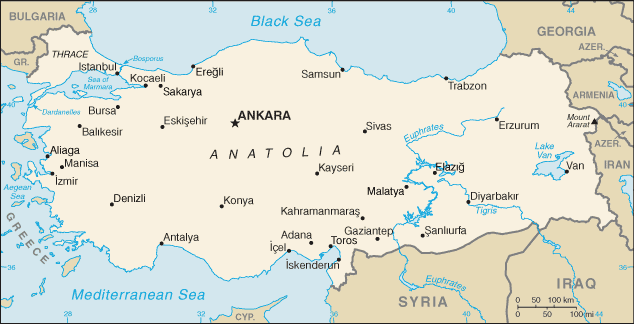
Thailand: southern insurgency accepts peace plan
Muslim separatists in Thailand’s Deep South agreed in principle to an “improved” peace plan with the government. The agreement, facilitated by Malaysia, follows years of abortive talks. The Barisan Revolusi Nasional (BRN), the main separatist organization, announced a unilateral ceasefire in 2020 in response to the COVID 19 pandemic. More than 7,000 people have been killed in 20 years of intermittent fighting between government forces and separatists in the country’s three southernmost provinces of Pattani, Yala and Narathiwat, whose populations are overwhelmingly Malay Muslim. (Map: Wikipedia)











